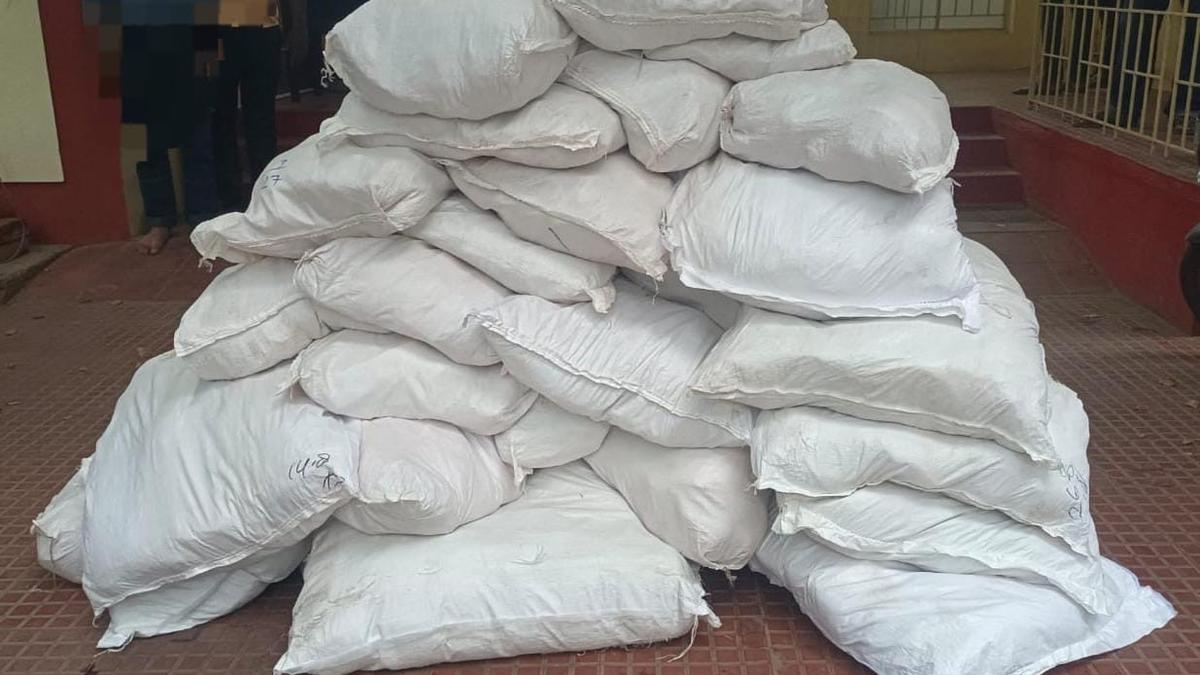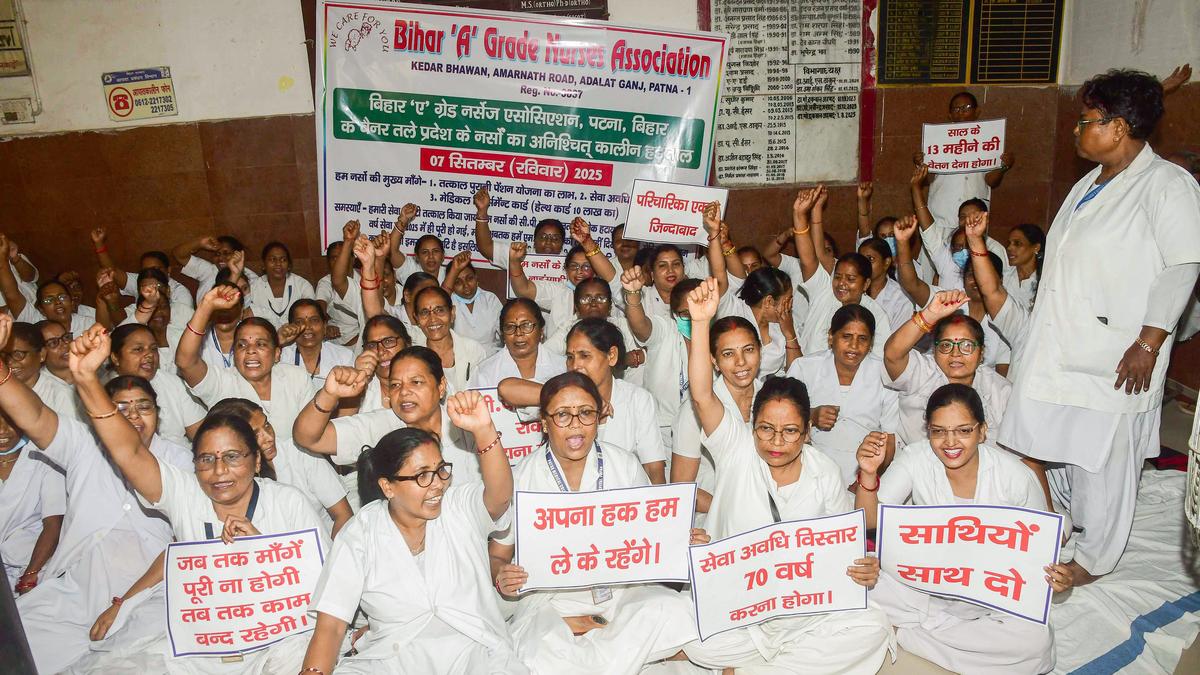The University of Mysore’s (UoM) steep fall in the National Institutional Ranking Framework (NIRF) has underscored a deepening crisis at the century-old institution grappling with a crippling shortage of staff and resource crunch.
The NIRF ranking for 2025 was announced on Thursday and UoM was ranked 71st overall, a 20-position decline as compared to 2024, when it was ranked 51st in the country.
Behind the slide, authorities said, there is a long saga of crippling staff shortage, shrinking revenues, and falling student strength in certain subjects which is expected to worsen in the years ahead unless course correction was initiated by the State government.
N.K. Lokanath, Vice-Chancellor of the university pointed out that against a sanctioned strength of nearly 400 teaching staff, only 23% held full-time or permanent positions and there were nearly 75% vacancies. “But there have been no new recruitments in the university since almost 20 years,” Mr. Lokanath said.
The strength of the permanent staff is expected to further dwindle to 15% in the next four years, as many more full-time lecturers and professors are due for retirement. In the absence of permanent staff, classes are being conducted by temporary teachers at present.
The staff strength, comprising lecturers holding permanent position, has a direct bearing on NIRF ranking as it carries significant weightage in the ranking exercise. There will be further decline unless recruitments are made to reverse the situation.
Another academician said that the 2025 ranking should serve as a wake-up call for both the university and the Karnataka government. For, absence of permanent teaching staff will reflect on research and publication, they said.
Mr. Lokanath said that temporary staff do not have the incentive to carry out research or publish papers. Besides, they cannot head a research team and this further reduces the university’s ranking as research and publication also carries high weightage under the NIRF process.
Adding to the challenges is the State government’s policy of creating a university in every district. The UoM, which once had jurisdiction over Mysuru, Mandya, Chamarajanagar, and Hassan districts, is now confined to Mysuru district alone.
“Earlier, we had a large student base with colleges across four districts paying affiliation fees which helped the university to gather resources. Now, both the students and the revenues are diverted to the new district universities. This has seriously weakened us financially,” said the Vice-Chancellor.
He also highlighted the dwindling student enrolment in traditional arts subjects as scholars were shifting to applied science or job-oriented courses in a bid to enhance their employability skills. “Students perceive that certain courses in humanities are less valuable compared to skill-based programmes. As a result, only a handful of admissions are made in some of the courses, which again has a negative impact on NIRF ranking,” said Mr. Lokanath.
Despite the challenges, UoM has retained a respectable 20th rank among State-run public universities in the country. However, Mr. Lokanath warned that resting on this recognition would be dangerous. The government must resolve to recruit permanent teaching staff on a priority basis to give an impetus to research and publication and shore up quality of education, he added.
There are concerns that if the issues are not redressed, the ranking of UoM, which had a strong intellectual legacy, will continue to slide further.



.png)
.png)
.png)
















 2 days ago
3
2 days ago
3








 English (US) ·
English (US) ·